Why aluminum once cost twice as much as gold
Categories: History | Production
By Pictolic https://pictolic.com/article/why-aluminum-once-cost-twice-as-much-as-gold.htmlThere were times when only the most profligate rich could afford an aluminum spoon or fork. This is not surprising, because in 1852 a kilogram of this metal cost 1200 US dollars, while for a kilogram of gold they did not give more than 600 dollars. What was the reason for such a high price of aluminum and why did it devalue so much?
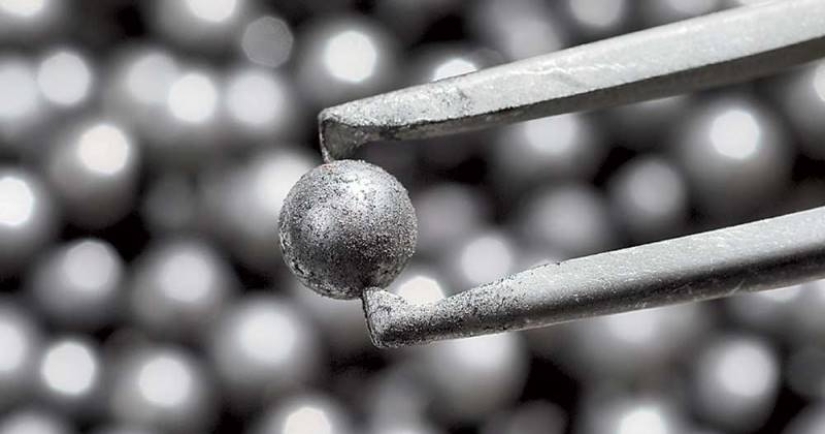
The mineral from which aluminum was once obtained is called alum, or scientifically double aluminum salts. It has been known since ancient times and was used by people for medical purposes, for disinfection and moxibustion, for fixing color when coloring fabrics and leather, as well as as a means for impregnating wood in order to increase its fire-fighting characteristics.

Nowadays, alum is part of some types of antibacterial soaps, lotions and all kinds of baking powder. But the main thing is that they have learned to extract aluminum from alum, which is not found in its pure form in the earth's crust. The first to find a valuable metal in alum was the British chemist and geologist Humphrey Davy. Without hesitation, he called it aluminum, since alum is called "alum"in Latin. Unfortunately, he could not distinguish the metal itself.
Almost 30 years before Davy, the French chemist Antoine Lavoisier suspected the presence of some metal in alum. But he found only aluminum oxide, calling it "agrill". Lavoisier suggested that the metal could be in its pure form, but it did not go further than thinking.

The first person who managed to complete the work of Davy and Lavoisier and get pure aluminum was the Danish scientist Hans Oersted. In 1825, he heated an amalgam of potassium and anhydrous aluminum chloride, resulting in white solid metal particles. It was a great discovery, but, alas, the technology was not very productive.
A more effective way to produce aluminum was proposed by a doctor, physicist and chemist from Germany Friedrich Wehler. He took the Oersted method as a basis, but he was already heating potassium and aluminum chloride. Wehler turned out to have metal granules of much higher quality. In 1854, the French chemist Henri Deville replaced potassium with metallic sodium and things went even faster.
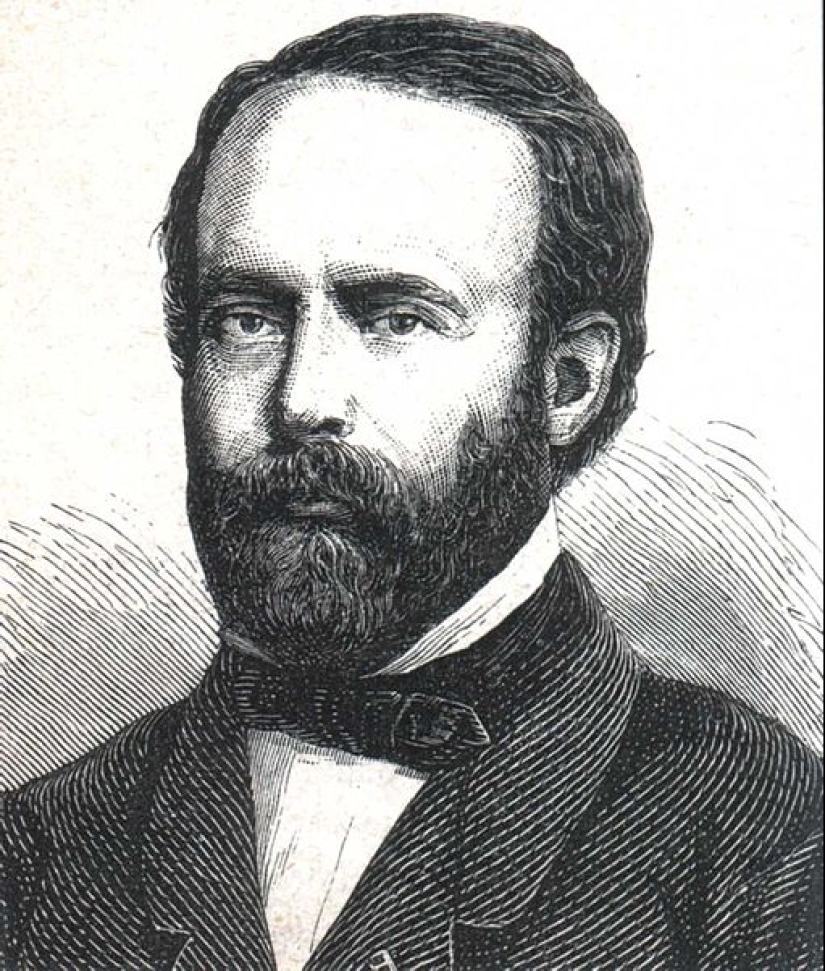
Not satisfied with his discovery, Deville continued experimenting with alum and in 1863 obtained aluminum using the then revolutionary method of electrolysis. But it took more than 20 years before people learned to get this way not a pinch of aluminum powder, but industrial volumes of pure metal.
This happened in 1886 and the laurels of discovery are shared by two completely independent scientists from different countries – the Frenchman Paul Eru and the American Charles Hall. At that time, the new technology was considered brilliant and was called the "Hall-Era process". But science does not stand still and soon a chemist from Russia, Karl Bayer, reduced the cost of the method and proposed to obtain aluminum oxide from bauxite-an ore that includes hydrates of aluminum oxide, iron oxide and silicon.
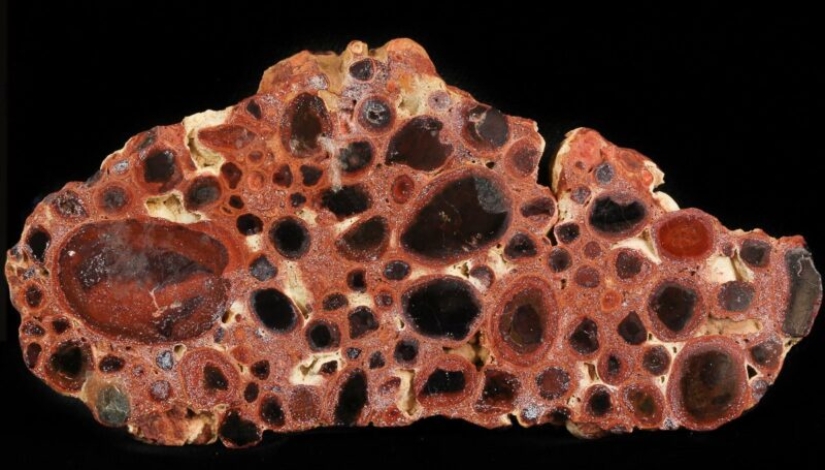
The resulting metal was quite clean, but had a significant drawback – it was too soft. In 1903, the German scientist Alfred Wilm came up with the idea to add 4% copper to aluminum, and then sharply cool the alloy and keep it at room temperature for 5 days. The resulting compound was much stronger than pure aluminum, but it also lent itself well to processing.
High-strength aluminum has become a German "chip". The first plant for its production started working in the city of Duren, which is why the alloy began to be called "duralumin". This name has been preserved to this day – duralumin is in demand in the aerospace complex,automotive and shipbuilding.
As we can see, more than one generation of famous chemists had to work hard to get high-quality and durable aluminum. Until the beginning of the 20th century, metal production technologies were not very productive and required complex manipulations with a large number of components.
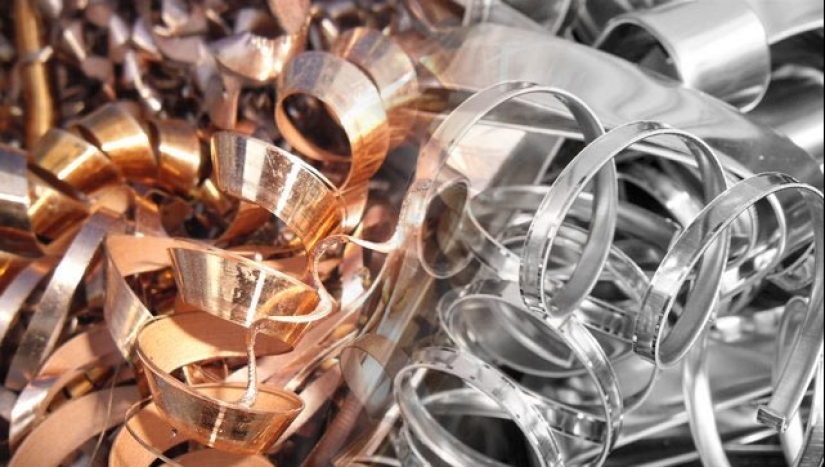
Whether it's gold, which could be extracted in the form of sand or even nuggets. It was precisely because of the complexity of obtaining aluminum that it was valued much more expensive than the"despicable yellow metal". But it must be said that the more advanced the methods became, the cheaper aluminum was evaluated.
In 1855, the metal was precious – the Emperor of France, Napoleon III, organized exhibitions at which white ingots were displayed. He also introduced the fashion for aluminum dishes, which the richest industrialists, bankers and aristocrats could afford. At about the same time, traditional jewelry was made of aluminum in Japan.
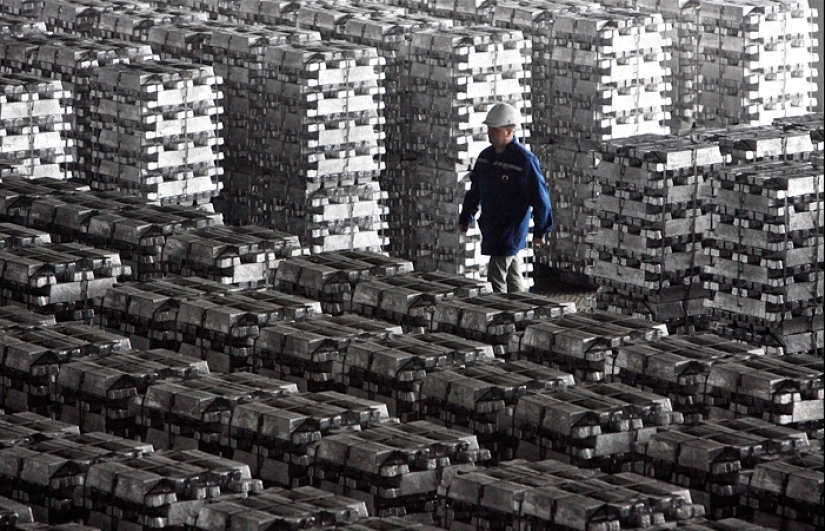
Thanks to technological progress, from 1852 to 1902, the price of aluminum fell from $ 1,200 to $ 1 per kilogram. In the Russian Empire in 1852, 2200 rubles were given for a kilogram of metal, in 1890 – 9.5 rubles, and in 1900 – only 1 ruble. In the 20th century, aluminum tableware was already considered the cheapest and it was made for the army and state institutions, including correctional ones.
Keywords: History | Industry | Production | Ore | Aluminum | Chemistry | Experiments
Post News ArticleRecent articles

Leonardo da Vinci was accused of being fond of orgies. William the Conqueror, despite all his successes, was called a "Bastard" ...

Modesty? Decency? A sense of tact? No, you haven't heard! Just look at what the people from the selection below are doing! No ...
Related articles

A music album is not only a collection of tracks, but also an example of fine art. Each cover carries a certain meaning, and behind ...

In November 69 BC, she was born Cleopatra, the last Queen of Egypt from the Macedonian dynasty of the Ptolemies. Cleopatra, perhaps ...

A good sniper doesn't have to be a career soldier. This simple postulate was well understood by the Red Army soldiers who ...

American documentary photographer Bruce Davidson came to the UK in 1960 for a couple of months on the assignment of Queen magazine. ...